Sustainability is a widely used term in the textile and fashion industry. As textile and fashion industry is one of the major polluted industries which is responsible for 10% of carbon emissions. Most of the time, pollution could be prevented by using sustainable materials such as Sustainable textile fiber, natural dye, recycled fiber, and so on. In this context, we will know about the most sustainable textile fiber in the world.
Most sustainable textile fibers:
1. Jute:
Jute fiber is a versatile fiber. It’s 100% bio-degradable, recyclable, and thus environmentally friendly. A hectare of jute plants consumes 15-20 tonnes of CO2 and releases 10-12 tonnes of O2. It has high tensile strength, and low extensibility, which ensures better breathability. Jute-made textile products are massively used in packaging material.

Diversified byproducts from jute include its use in apparel, cosmetics, medicine, paints, and other products. Jute sticks are used as fuelling and fencing materials all over the world. Today jute invented Sonali bag, an alternative to polythene bags, making jute fiber the world’s most sustainable textile fiber. One day jute will be the alternative to polyethylene and polyester-made products.
2. Recycled Polyester Fiber
Nearly half of the world’s apparel product is made from polyester. But polyester is not a sustainable and eco-friendly product. To minimize the problem mass used polyester, rpolymer is the best alternative. rPolyster refers to recycled polyester. It is popular as rPET.
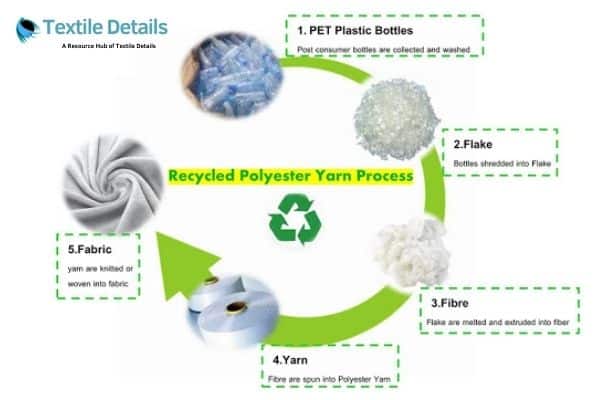
rPET is not only more sustainable. But also comparatively eco-friendly with polyester. rPET is recycled by melting down existing plastic, and then re-spinning it into new polyester fiber. Basically, rPET is made from plastic objects thrown away by consumers. The Textile exchange promised that 20% of all polyester will be recycled into rPET by 2030.
3. Recycled Cotton
Cotton is the most common fiber and fabric used in the world. But growing cotton can be problematic for human beings. Because growing and cotton processing is not sustainable at all due to the higher consumption of water as well as energy.
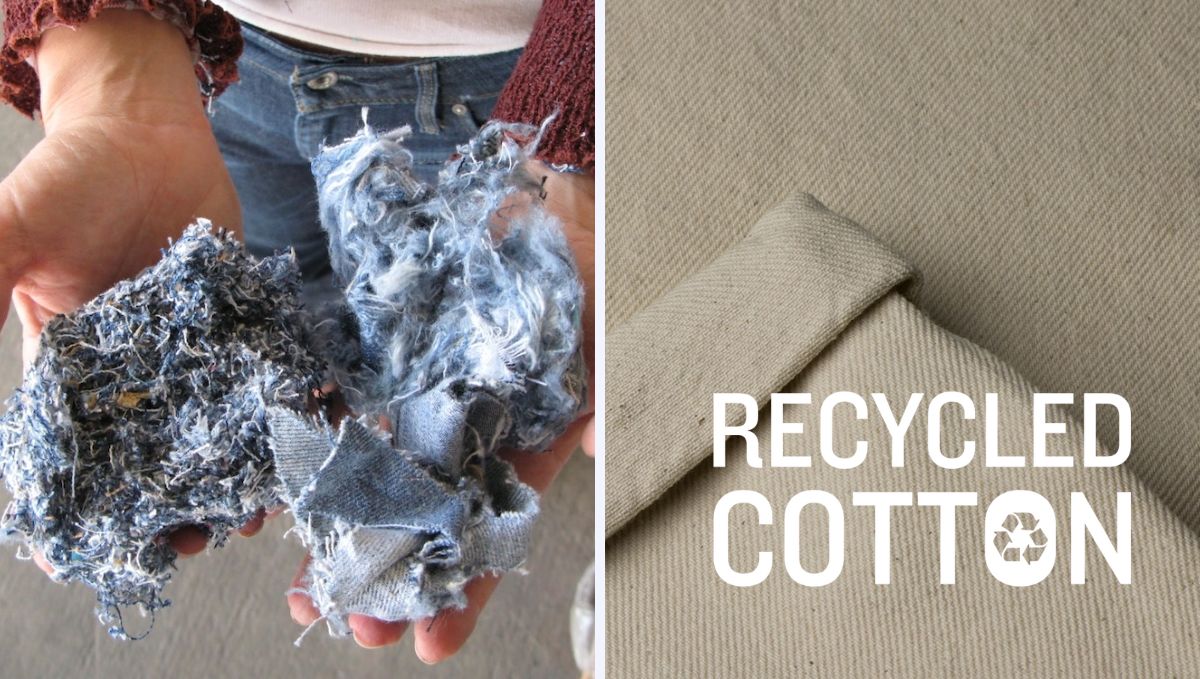
Conventional cotton fiber is more water-thirsty than other fibers. As well as chemical-intensive plants to grow. It requires a lot of pesticides and, as a result, has a negative impact on the planet, and the people who grow it.
4. Pineapple Leaf Fiber
The PALF is extracted from the leaves of the pineapple plant. PALF is also known as pina-fiber. The pina fiber is mostly sourced from Thailand, Vietnam, Indonesia, Bangladesh, India, and so on. PALF-blended yarns are potentially used in various textile applications, especially in the automobile industry.
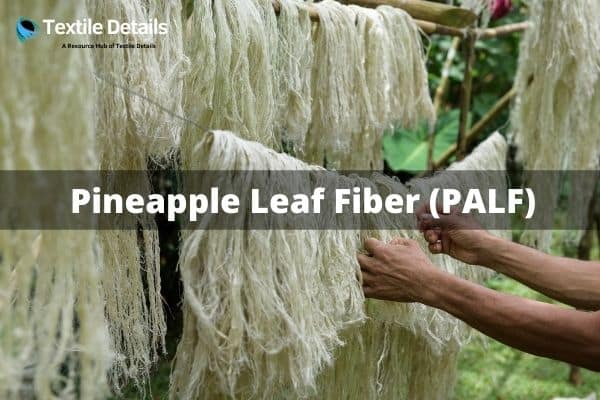
Pineapple leaf fiber composites are more significant materials for the replacement of non-renewable synthetic fibers in the automobile industry. Pineapple leaf fiber bolstered composites have several attractive features and benefits, such as eco-friendliness, biodegradability, low cost, tenuity, easy mold-ability, and so on.
5. Banana Fiber
Banana fiber, a lignocellulosic bast fiber, is obtained from the pseudo-stem of the banana plant. Banana fiber has relatively good mechanical properties. Fiber cells dead at maturity and serve as support tissue, it’s often used in medical textiles.
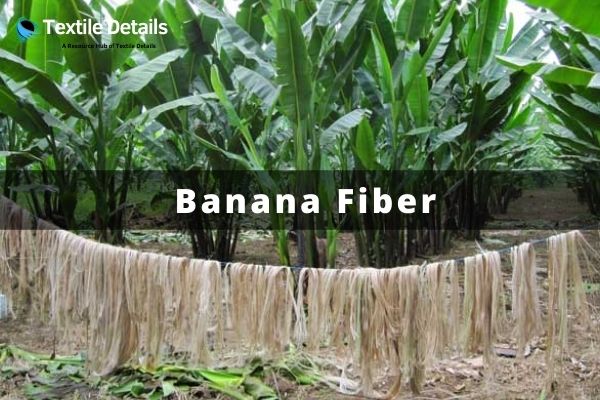
Banana fibers possess several advantages over synthetic fibers such as low density, appropriate stiffness, and mechanical properties, and also high disposal ability and renewability. Banana fibers are widely used for various purposes such as in medical textile, paper, and handicraft industries.
Others sustainable fabric
- Organic cotton
- Bamboo Fiber
- Hemp
- Linen
- Bamboo
- Tencel® (Lyocell)
- Modal
- Recycled polyester
- Recycled nylon
- Organic wool
- Peace silk (Ahimsa silk)
- Pinatex (Pineapple leather)
- Econyl (Regenerated nylon)
- Sorona (Renewably sourced polymer)
- Organic linen
- Organic silk
- Seacell (Seaweed fiber)
- Soy silk
- Milk fiber
- Nettle fiber
Objectives of Sustainable Textile Fibers:
- Low Water needs.
- Low Energy Need.
- It could be made of waste and be recyclable.
- From Renewable Resource.
- Chemical Control.
- No GMO.
- No Soil Erosion.
- Biodegradable and so on.
Sustainable Fibers and Textiles Properties:
- Low water needs during production.
- Low energy need.
- Recyclable.
- Uses renewable sources.
- Low Chemical Application.
- Eco friendly.
- Bio-degradable.
- Easy to produce.
- Cheap, Affordable, and Durable.
- Low energy Consumption during Production.
- High tensile properties.
- Produce Breathable products.
- Easy to disposable and renewability and so on.
Final Thought
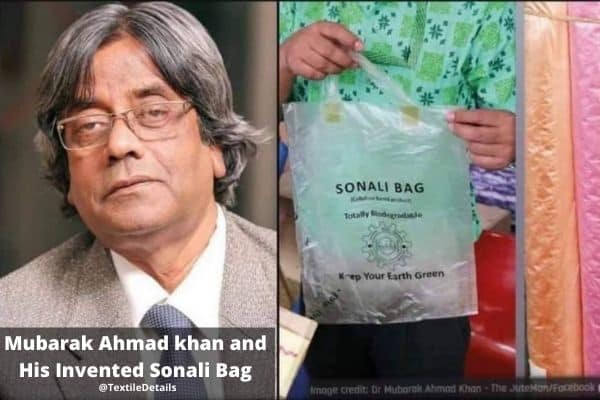
The concept of sustainable textile product development should have many interpretations. However, as fiber is the core of textiles, sustainable use and development will satisfy the present needs without compromising the environmental standards, to ensure that the future generation may have sustainable living.
As long as unsustainable methods are used in the textile industry, the consequences of global warming are going to be more severe. Therefore, it is imperative to develop and maintain a sustainable textile practice that will result in a sustainable environment and living.
Reference:
- https://en.wikipedia.org/wiki/Sustainable_Development_Goals
- Fabrics Manufacturer, Supplier and Wholesaler in Delhi – Mittaltrader (mittaltraders.com)
- How sustainable is recycled polyester yarn? (beekaylon.com)

Very Informative Article, as well as I, like the way of the writing craft.
Thanks
Good Article
This blog was… how do you say it? Relevant!! Finally
I’ve found something that helped me. Many thanks!
I visited various web pages except the audio quality for audio songs present at this site is truly wonderful.
If some one desires expert view on the topic of blogging after that i recommend him/her
to visit this web site, Keep up the pleasant work.
I was suggested this website by my cousin. I’m not sure whether this post is written by him as no one else know such detailed about my difficulty.
You’re wonderful! Thanks!
You are so interesting! I do not suppose I have read through something
like that before. So wonderful to discover somebody with some unique thoughts on this topic.
Seriously.. thanks for starting this up. This website is one thing
that is required on the internet, someone with
some originality!
It’s appropriate time to make some plans for the future and it is time to be happy. I’ve read this post and if I could I want to suggest you few interesting things or advice. Maybe you can write next articles referring to this article. I desire to read even more things about it!
Thanks a lot for the post.Much thanks again. Will read on…